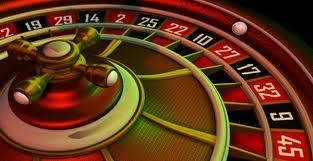Too many choices leads to bad decisions
One group got five turns, where the number of boxes increased each turn. The subjects started choosing between two boxes, then the number went up to four, eight, 16, and 32. For the other group, the number of boxes decreased from 32 to two over the same five turns. With more boxes, the participants sampled the boxes more, but didn't increase the sampling proportionately to the number of boxes. They might do 12 samples for two boxes, but (only) 50 samples for 32 boxes.
So people with a large number of boxes scanned for the biggest payouts, then picked that box to flip. But when the participants were presented with that many choices, they didn't practice-flip the big payout boxes enough to get a sense of the payout odds. That meant they were more likely to end up with nada by betting on the high-risk, high-payout box.
Something similar happened based on whether the group was in the small-to-large number of boxes trial, or to the large-to-small trial. When participants started out with a small number of boxes, they gathered more information on odds, even as the number of boxes increases. When the participants started out with a large number, they gathered less information overall, even as the number of boxes decreased.
The researchers are calling this "search-amplified risk": the more options put in front of someone, the more they overestimate their chances of a jackpot. The participants with the large number of choices searched more, and ended up seeing the "risky" events more frequently, but didn't look into it enough to find the probability of actually winning. Whoops.
By Colin Lecher

